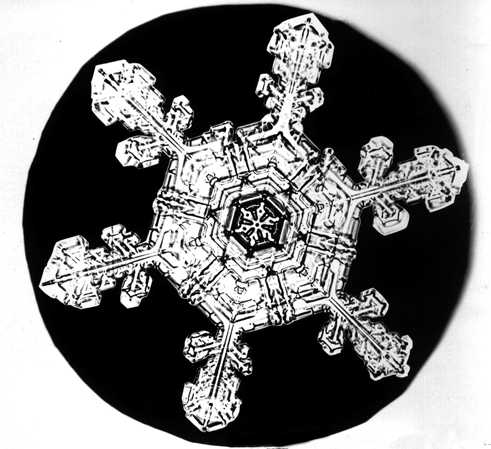Yes, a vote will happen in Iraq later this month, and it will be a remarkable feat. Whether it amounts to an election and how many people will die in the course of trying to stop it and trying to make it succeed remains to be seen. But here’s a story you need to keep in mind when you listen to the comfortable people, safe in Washington or, if they’re quite daring, in Baghdad’s Green Zone, talk about the march of liberty they’re leading.
It’s a dark fairy tale, really, and it has taken place in Fallujah, a city that’s not a fantasy. Just two months ago, our president and his commanders launched wave after wave of young men into the city, a stronghold for the anti-American insurgency. Scores of those young men died and hundreds were wounded. On the other side, facing the best-trained and best-armed military in the world, hundreds of other young men died, too. In the aftermath, the city looked much like any other battlefield: a ruined place, a place where sanctioned murder had taken place on a large scale.
Despite the grim scene — after two weeks of battle, many of the blown-apart enemy fighters were still lying in the streets — U.S. commanders and civilian officials said they were ready to put Fallujah back together again. The hundreds of thousands of residents who had fled the violent prelude to the battle would be welcomed back. Millions and millions and millions of dollars would be spent to make the city a peaceful and prosperous place. And it would all happen quickly. Grateful Fallujans would get to vote in the elections at the end of January. Like everything else Iraq is to become with our help, it sounded great and not all that hard to figure out or get done.
But first, the Americans had to find and eliminate the last enemy fighters. They had to pump sewage out of the streets and truck in drinking water and get the electrical system working again. And, finally, before the people of Fallujah could come back, the U.S. military needed to devise a way to make sure enemy fighters didn’t come back among the future peaceful and prosperous citizens. A strict identification system was suggested, including retina scans, a DNA database, and badges that would be displayed at all times. Security comes at a price.
But something’s not working. U.S. troops control the city, but they can’t seem to weed out all the guerrillas. Putting the city back together has proved much harder than the optimistic Americans guessed. Foul water still stands in the streets. There’s still little power, and that situation is unlikely to improve for months. The districts where the fighting was fiercest are still wrecked.
And the Fallujans?
Despite all that’s been done for them and all that’s promised, they appear reluctant to come back to their renewed city. In the last several weeks, about 85,000 of them, less than a third of the city’s pre-battle population, have lined up for the hours-long wait at the American checkpoints outside town. After they’re cleared to enter, they go to see what’s left of their homes. They seem angry with the destruction they find. Some talk of exacting revenge on those they believe responsible. Fewer than 10,000 have decided to stay in the city; the rest prefer refugee camps or whatever makeshift arrangements they’ve made to survive until the trouble passes.
So, where’s the new Fallujah our military and officials promised? A guess: The same place as Saddam Hussein’s weapons of mass destruction. The same place as Saddam’s cooperation with al Qaida. The same place as our easy victory in a nation that would greet us as liberators. All just stories, it turns out, but with real enough consequences for all the people who have died to find that out and for the rest of us, too.
Now the same people who spun these tales have crafted the inspiring story of Iraqi democracy. Let’s hope we’ll be able to find some trace of it before we go on to our next adventure.



